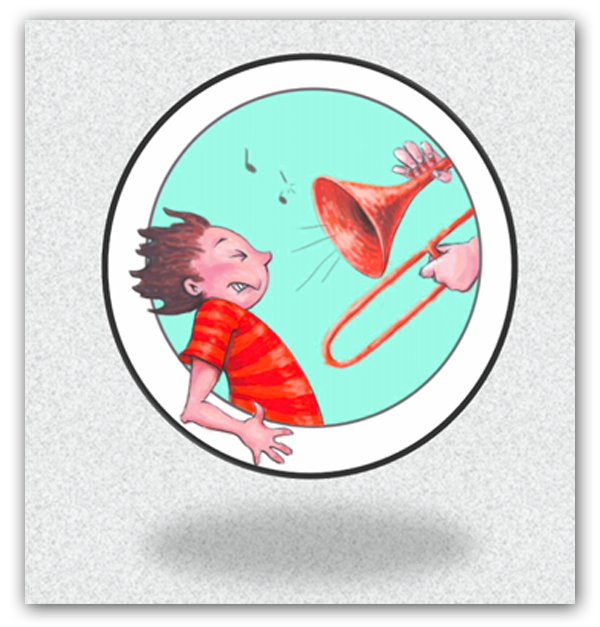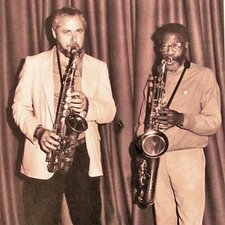25th Anniversary Reissue
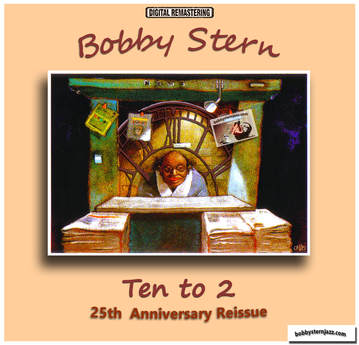
It featured myself on the then newly distributed Akai EWI (Electronic Wind Instrument) controller and synthesizer - as well as everything else - from which I eventually pressed 1000 CD copies.
The complete collection of the seven original tunes are presented here as high quality (320 kbps) mp3s, which are available for immediate download as a 120mb .zip file.
With the passage of time, regardless of what its stylistic label or commercial value might or might not be or have been, I feel that from an artistic, production and possibly historical standpoint, it's relevance as a creative entity justifies a renewal of its availability in the present.
In other words, I think it's definitely worth a listen!
Some History
In 1986 when I first heard Michael Brecker’s famed recorded solo on “In a Sentimental Mood” with Steps Ahead, my reaction, like just about everyone else's, was “WTF is that?!” The back of the CD, as I recall, listed him as playing a “Steinerphone”.
A What?!
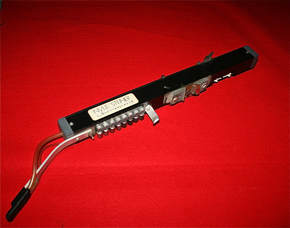 Steinerphone EWI
Steinerphone EWI
Not being aware of ANY of this at the time, I went to all the big music stores on 48th St. in Manhattan and got the same response - nobody had even heard of it. About a year later, I read that it was about to be marketed by Akai, under the name of the “Electronic Wind Instrument (EWI)”, pronounced “ee-wee”.
I had owned a “Lyricon II” about eight years earlier, but was disappointed, since at the time, I knew very little about additive synthesis, or the signal processing required to make it sound good.
As I was about to go on tour with a well known European pop artist at the time, I had the means and motive to grab one of these new EWIs, so I placed an advanced order at one of those same Manhattan music stores.
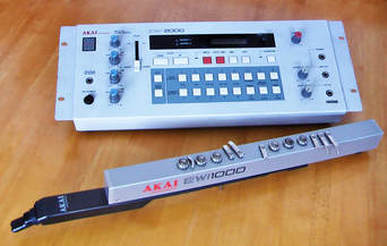
I was very happy with my EWI 1000 / EWV 2000. It was much more than just a new toy. The controller had non-moving metal contacts for keys, which were laid out almost identically to the fingering of a saxophone. It had rollers under the left thumb which allowed one to play a range of eight(!) octaves – like a Steinway Grand! Under the right thumb were contact plates which allowed for up and down pitch bending, the width of which could be programmed on the module.
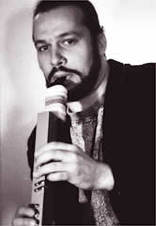 I B.-wee with my EWI
I B.-wee with my EWI
Probably the single most unique feature of the EWI-1000 controller, which set it apart from any other synth controller, keyboard or otherwise, was the mouthpiece architecture. This relatively long, flat rubber mouthpiece (which reminded somewhat of a baby's teething nipple), was actually - unlike any woodwind mouthpiece - placed directly between the teeth.
An extremely natural sounding vibrato could be obtained by a gentle repetitive biting motion. Diaphragm vibrato was also possible. Volume and tone color via breath sensitivity was also a unique feature. Depending on the user controllable settings, not only could the volume go up or down depending on how hard one blew, the Voltage Control Filters (VCF) could regulate the tone's brightness or darkness accordingly.
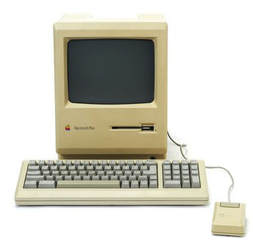
I put whatever money I could back into assembling a modest home MIDI studio.
I got an Apple Mac Plus, a little box, with a small black & white screen and 2 Mb(!) of internal RAM. I started sequencing with an early version of Mark of the Unicorn Performer. This was all kind of the standard fare at the consumer level at that time.
It was also before digital (hard drive) recording was available. DAT (Digital Audio Tape – remember those?), which has long since come and gone, wasn't even legal yet in the States!
For analogue recording, I had a 4 track cassette on which I was able to print a SMPTE sync track on one of the tracks, which allowed what was recorded on the cassette to be in time with the MIDI information – drums, etc. from the Mac. Just like the big boys! I don't think I used that function that often, because I got the biggest kick out of playing the EWI Midi'd through my sampler.
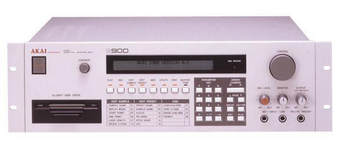
However, it was a unique experience to be able to “play” like a guitar, or a trumpet, or a Hammond B3, or whatever. Not all the sounds where great, but playing a well-sampled, sampled instrument actually made me play like that particular instrument. It was a weird experience – almost like shape-shifting!
Because you could (and still can) save a recorded sequence at any point, I'd leave a tune sometimes for months and come back to it, kind of like a painting. Except in a few cases, I mostly had no idea in advance about the form most of the tunes would take. I'd get ideas as I went along and would have to figure out how to make them happen technically.
In hearing it now, if there's one thing I might change if I were to redo the sequencing on these tracks, it's the drum sounds, which along with the gated reverb and some of the synth bass samples, are a dead giveaway as to the era in which they were produced.
But hey, that's part of this reissue's "retro charm"; is it not?

Marie Jude – Originally written as a jingle, and dedicated to a young lady I knew briefly. I definitely got off on this sampled nylon string guitar sound. Wes meets EWI meets nylon!
Neptune Rising – A multi part daydream (nightmare?) beginning with Genesis and the Big Bang, morphing into a “Bitches Brew” inspired garden of lost souls, before wandering into a concrete rain forest, then suddenly being swept along on a zero gravity Middle Eastern carpet ride only to wake up to some primordial Blues echoes, still bouncing around inside your head.
Urban Paradise – An uptempo R 'n' B inspired fantasy, featuring a self-sampled, Hohner Super 64 Chromonica / Stevie Wonder-style EWI solo. It then gives way to another sonic pipe dream, before reality once again intrudes.
Flying Dreams – I had actually written and performed this ballad some years earlier on tenor with a quartet. It was given a 12/8 feel here, featuring an EWI piano solo, followed by a second solo, using a fat analogue lead sound. It's interesting how different sounds can make one play differently.
Wang Wang Blues – Dedicated to Miles Davis and comedian Redd Foxx, who both passed away in the fall of 1991 within 2 weeks of each other. They were both from St. Louis, and I was (still am) a huge fan of each.
It starts out with a reference to Miles' "Spanish Key" and an abstraction of the theme to the “Sanford & Son” TV comedy from the 1970s which starred Foxx, as Fred Sanford (which was based on the British TV comedy, "Steptoe & Son"). I sampled myself on amplified blues harp for the theme, which is followed by a cacophonous chorus of sampled guests, over a quasi Chicago Blues styled bass riff. It then morphs into an EWI synth lead, electric Miles Mode. The title comes from an episode where Foxx's character, Fred Sanford, tries to explain the "great songs" to his skeptical son.
The original “Wang Wang Blues”, I recently discovered, was first recorded in 1921 by Mamie Smith and subsequently recorded by everyone from Duke Ellington to Benny Goodman. It seems to have been a very popular tune. And I always thought Fred Sanford had just made that name up!
Syrens – Starts out with our seafaring mates doing a collective jig before embarking on their journey to discover (pillage?) lands and people theretofore unknown and unseen. After surviving the obligatory storms and scurvy, they reach the uncharted islands of Exotyca, where the haunting and seductive singing of the female Syrens, along with the hypnotic rhythms of the native drummers, lure their ship into the rocks, where they perish. Not the happiest of endings - from their vantage point, to be sure - but an interesting and enjoyable track, nonetheless.
Flash ahead to the present day and my EWI 1000 has been in a state of disrepair for several years now, due to old age (the EWI's) and heavy usage. For various reasons I haven't had it repaired and haven't gotten any of the the later models, which I think is up to EWI 5000, as of this writing.
Eventually, I might get that taken care of. I still think the EWI provides the most natural expressive nuances (vibrato, breath sensitive volume and tone control) of any synth controller. From what I've seen, the newer EWIs have all the tone producing electronics built right into the instrument, so there's no need for a separate module, plus the wireless version does away with that cumbersome, vulnerable and hard to replace connector cable.
Otherwise, it seems to be the same old EWI, but I could be wrong about that.
I mean, if you heard it on a recording, regardless of what sound patch was being played, you probably wouldn't say “hey, that's an EWI” (on the other hand, there are folks who can't tell the difference between a trumpet and a saxophone!). Visually, it has always created interest when played live, but more so as a novelty, I think, due to its unique, mini phaser-rifle appearance. The later Akai models especially, although streamlined, kind of have that toy-like, molded plastic look to it.
Some of these things haven't changed much in 30+ years. Plus, for my money, NOBODY has even come close to the skill and performance level of the all time greatest and still heavyweight champion of the EWI – the late, great Michael Brecker – who did it all for the most part, on the original Steinerphone EWI.
It's all your fault, Mike (and Nyle, of course)!
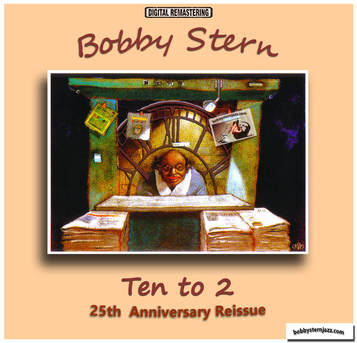

 RSS Feed
RSS Feed
